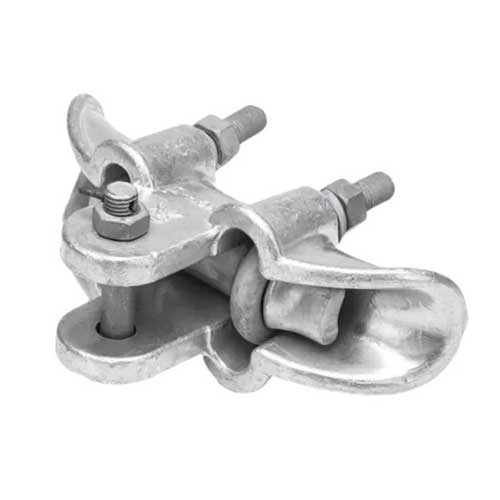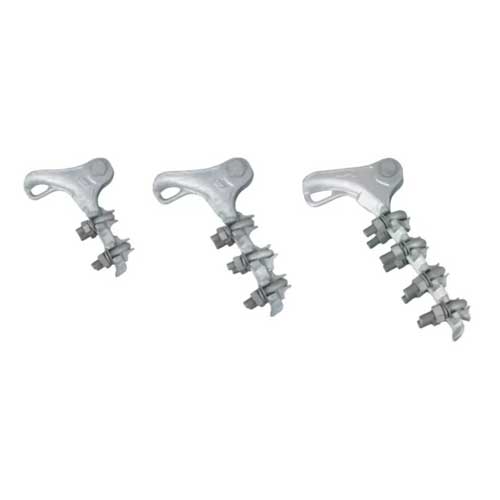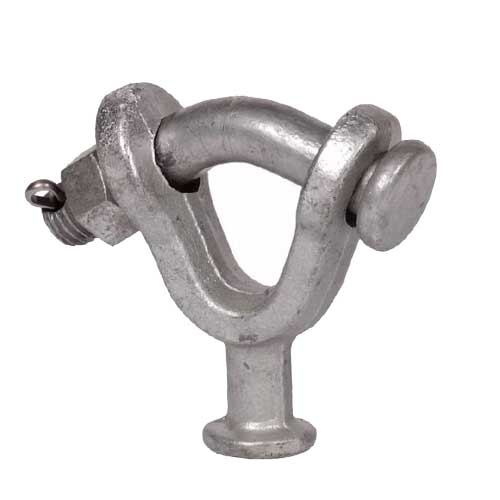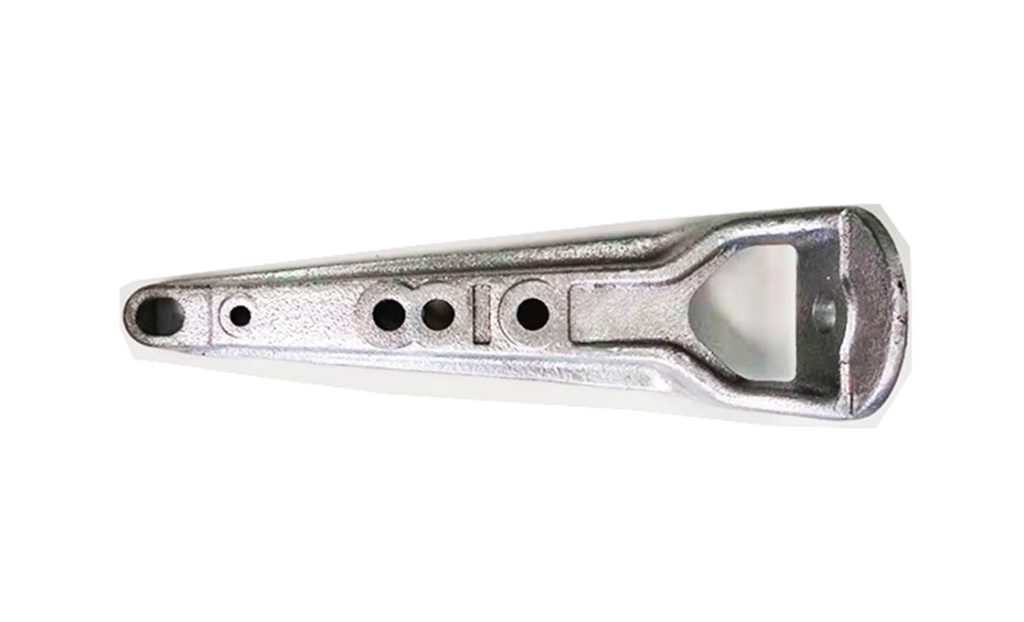Transmission lines play a critical role in the transmission and distribution of electricity.
They are mainly used where electricity needs to be transmitted over a long distance.
While the basic components of an electricity transmission system are poles, insulators and conductors, there are other components that are barely talked about.
You need to pay attention to the electrical transmission line hardware fittings.
Even if all the basic components are in place, they will be of less importance if there are no transmission line fittings.
The fittings or the accessories ensure that the major components are in proper positions where they can function effectively.
They ensure that electricity is transmitted without any interruption.
Which Transmission Line Hardware Should I Buy?
Let’s say you are in the process of setting up transmission lines.
All you know is that you need to buy the overhead transmission line accessories and hardware.
However, you are not sure about the specific transmission line accessories that you should buy.
Don’t worry. Here is a breakdown of the overhead fittings that should be available on any power line:
1.Suspension Transmission Line Clamp
suspension clamp for Russia
Suspension Clamps
The primary role of suspension transmission line clamps is to hang conductors to the insulators.
The clamps also create a linkage between other accessories and the tower arms.
Suspension clamps are made of aluminum and come in different sizes depending on what you want.
2.Strain Transmission Line Clamp
As transmission hardware, strain transmission line clamps are mainly used to fix conductors to the insulators.
They can also fix other transmission line hardware to the substation structures and tower arms.
Strain clamps are divided into two.
You can buy a detachable strain clamp or a non-detachable strain clamp.
Detachable strain clamps will allow you to make some adjustments to the length of the conductor.
With non-detachable clamps, you can’t adjust the conductor length.
Instead, you should buy a clamp that will match the length of the conductor.
3.Link Fittings
Now that we have clamps, how do you think they get attached to the insulators?
This is achieved with the help of link fittings.
Link fittings are made of steel which creates a strong attachment with other components.
3. Top Tie
This is another vital transmission line fitting that you should buy.
It is designed to hold more than one conductor to the top curve of the insulator.
Aluminum clad steel is the main material that is used for making top ties.
To ensure that the conductors are well-bundled, top ties consist of neck tube label and guy grip.
4. Davit Arm
A davit arm of a transmission line is an accessory that supports the conductor onto the pole.
It is characterized by a long body that is designed to support the conductor at the very end just next to the pole.
The davit arm which has a self-supporting body is then fixed to the associating pole.
Davit arms are built for strength. They can comfortably support the length of the conductor.
You can buy ready-made davit arms or you can order for custom davit arms from the transmission line hardware manufacturer.
5. Wood pole staples
In any transmission line, the conductor or cables will always end up on the poles for support.
Wood pole staples are used to keep the conductor safe on the pole.
To be precise, they hold the grounding and the bonding wires onto the pole.
The staples have a fishhook design which helps them to restrict the movements of the cables.
They are also insulated to prevent any incidences of currents from flowing across them.
If you live in an area that is prone to insecurities, a pole staple can help you to secure the grounding cables.
They are difficult to remove using common tools.
6. Ball Clevis for transmission line
ball clevis
A ball clevis is important hardware for a transmission line that you should buy.
It is usually regarded as stringing equipment because it provides a mini-platform on which one part of the insulator or conductor can be fastened to.
A ball clevis of a transmission line is galvanized to ensure that it lasts even when the environmental conditions prove to be tough.
7. Anchor rod for transmission line
Anchor Rod
Also known as the thimble rod, it is used to keep the transmission line steady.
Its outstanding features are the oval eyes coupled with a wire strand thimble.
Anchor rods are made of strong material and properly treated to make them withstand harsh conditions.
8. Guy thimble for transmission line
guy thimbleguy thimble
A guy thimble acts as an interface between the tension clamp and the conductor.
Basically, it is used to connect the tension clamp to the conductor.
9. Pole top bracket for transmission line
pole top bracketpole top bracket
This hardware for the transmission line is usually installed against the flat pole gains.
Its material consists of hot-dip galvanized iron which makes it tough and durable.
A pole top bracket is specially designed to rest at the top of the insulator brackets.








